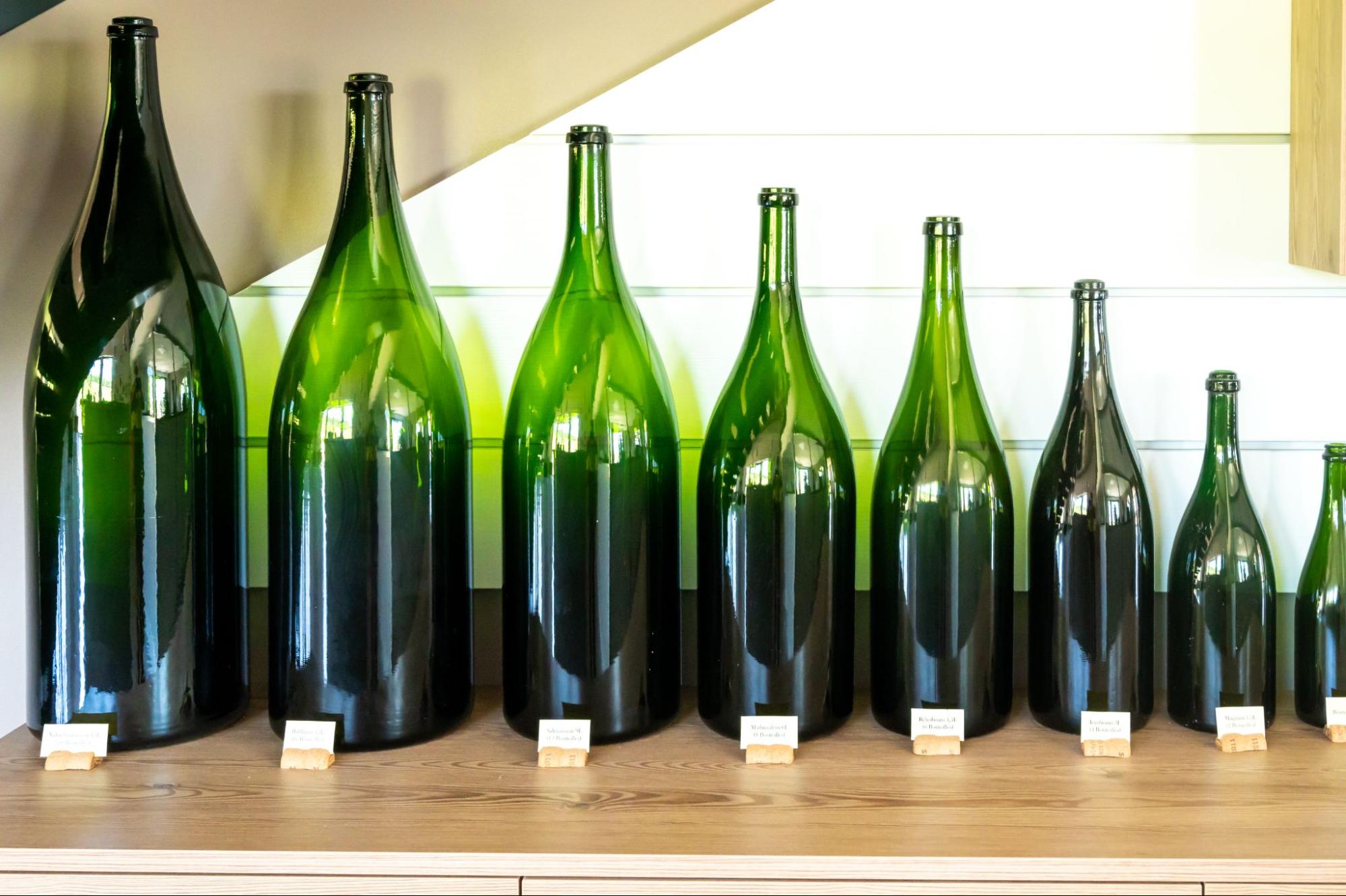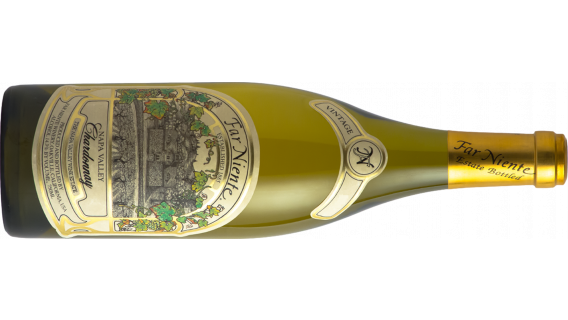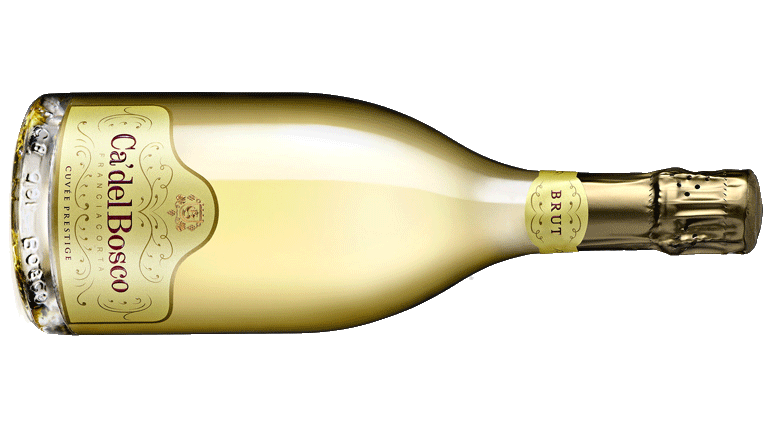- Wine Color/Type
- Top Occasions
- Unique Wines
- Surprise Me!
How big is your bottle? Part 1
The comprehensive guide to wine bottle sizes, by VinoVoss
Many bottles have names reminiscent of biblical kings, adding an ancient touch to our modern indulgence. But does the size really dictate the quality or the taste? The answer is: It depends.
Bottles come in all forms, shapes and sizes. (Photo: barmalini/stock.adobe.com)
Wine bottles are like the myriad shades of human personalities; diverse, unique, and colorful. Just like we don’t judge a book by its cover, it’s essential not to assume the worth of wine by its bottle size. Let’s bust the myth – bigger is not always better! Historical legends like Napoleon Bonaparte and Queen Victoria have shown us the power and impact of being “‘small”.
Read part 2 here!
Pocket-sized Pleasure
The tiniest of them all, usually found in airlines, these single-serve wonders come with a light, fruity flavor, ready to be savored immediately. They range from 0,187l to the Piccolo 0,2l formats. They’re compact, lightweight, and perfect for a little sip in the sky!
The Demi Delight
Enter the demi-bouteille, half-bottles holding 0.375l of exquisite flavors ranging from classic Bordeaux to sparkling Champagnes. They offer the luxury of enjoying premium wines without the commitment to finish the whole bottle.
And here’s the intriguing part! Sometimes, these smaller treasures can provide a more harmonious and balanced tasting experience. Often, wines, especially those made using traditional methods like Champagnes, are matured in much larger, 15l bottles before they are carefully transferred into smaller ones. This unique process fosters a sublime integration of flavors,as wine matures more evenly in larger bottles, rewarding your palate with a richer, more nuanced symphony of tastes.
Standard, but Exceptional
The beloved “standard” bottle, holding 0.75l of wine, does seem a bit unconventional. Its historical roots can be understood as a fraction of a gallon—specifically, one sixth, equating to 757 ml, which curiously results in a gallon per case of six bottles.
Some aficionados theorize that this specific volume was chosen as it neatly divides into six 125 ml glasses of wine, the typical serving size, making it a convenient choice for those looking to share or savor alone. However, this seemingly precise and rational division could have a more organic origin—it's believed to mirror the lung capacity of the artisans who once blew the glass for the bottles. A delicate balance between utility and craftsmanship!
In today’s world, standardized industrial production has paved the way for a variety of bottle sizes, including larger and heavier ones, reflecting the myriad ways we enjoy wine today. Occasionally, one might stumble upon one-liter bottles, crafted with the intent to satiate. These are typically Austrian or German entry-level wines, tailored specifically for the domestic market, offering a refreshing simplicity and casual enjoyment to the everyday consumer.
Magical Magnums
The illustrious Magnum bottle is truly the belle of the ball, embracing 1.5 liters of enological treasure within its grand frame. A symbol of festivity and luxury, it is a catalyst for joyous celebrations and impassioned discussions about the nuanced world of wines.
Whether it’s sheltering the intricate layers of a premium Bordeaux, the delicate elegance of a scarce Burgundy, or the renowned prestige Cuvées from Champagne, Magnum bottles encapsulate the exquisite flavors, making every sip a memorable affair. Often, such rare and high-end wines bottled in these generous vessels are released in limited quantities, becoming coveted items that can shatter auction records years down the line. Sometimes you can be lucky and find a Double Magnum, containing 3l or four bottles of wine, double the joy!
However, the allure of the Magnum isn’t reserved for the crème de la crème of wines alone. It has charmed its way into the realm of more accessible, everyday wines as well. Take, for instance, Bodegas Montecillo from Rioja; their Crianza, encased in a Magnum, undoubtedly elevates the aesthetic of Tapas Bars. It’s a visual delight to see service members pour from such a grandiose Magnum bottle, turning heads and setting the stage for an enriched dining experience.
However, not all bottle formats are related to the bible. In 2004, the Californian Beringer Vineyards unveiled a bottle measuring 1.34 meters tall to celebrate the anniversary of a local restaurant chain. The president of the Court of Master Sommeliers named it “Maximus”.
Now that we’ve explored the common bottle sizes and you’re still with us, here’s a nerdy geek fact for you. The larger the bottle, the slower the wine matures, yielding a more balanced fruit profile. This is because, despite the increased volume of wine, the rate at which oxygen interacts with it is lower, facilitating smoother maturation and, consequently, enhancing the wine’s quality.
Tune in next week for the second part, where we will explore historical biblical figures and their large bottle formats!
Until then, we recommend the following large-format wines:
Billecart-Salmon Brut Rosé Champagne
Far Niente Chardonnay
Caymus Special Selection Cabernet Sauvignon
Minuty Prestige Rosé
Ca' del Bosco Franciacorta Cuvée Prestige
Peter Douglas
Latest articles






